Adrian Harvey
Steinitz in London
A Chess Biography with 623 Games
Tim Harding
421 pages | 84 photos | hardback | $75.00
Jefferson: McFarland, 2020
For three reasons this reviewer regards Steinitz as the greatest chess player of all time. In the first place, for almost thirty years, from 1866 (when he defeated Anderssen to become World Champion) until 1894 (when he lost to Lasker in a match for the title), he was the best match player in the world – someone who never shirked a challenge. Second, he thought very hard about the theory of the game, and while many of the ideas in his great book The Modern Chess Instructor were not new, he wove them into a fabric that transformed chess theory and became widely adopted as the established norm. Third, his immense analytical work, notably in The Field, set a standard that far surpassed the work of his predecessors.
These three elements represent the positive side of Steinitz’s contribution to chess but unfortunately there was another part of his relation to the game, an altogether less appetising one that has to be dealt with: he was very quarrelsome. In the reader’s opinion he was generally more right than wrong but that said he could have avoided many of his problems had he deployed a modicum of common sense. Steinitz could behave in a manner so ridiculous that he generated a great deal of unnecessary trouble out of all proportion to the matter at hand. Consequently his career was littered with endless disputes, turning many of his friends into enemies. In this respect he recalls a significant contemporary, the anatomist Saint George Mivart (1827–1900). Mivart was a strong supporter of Darwin’s ideas of natural selection, though differing with him and many others on aspects of the theory, prompting numerous rows with other scientists. Unusually for a scientist, Mivart was very religious and a convert to Catholicism. Towards the end of the nineteenth century the Catholic Church was very reactionary. Mivart was a liberal and spoke up for many of those attacked by the Catholic establishment. He was especially virulent in his defence of Dreyfus, the Jewish soldier who fell victim to anti-Semitic persecution. Mivart’s strident support of Dreyfus and criticism of the Pope resulted in his excommunication. Mivart fell out with everyone. Steinitz was the same, having a near limitless ability to offend. Harding negotiates these issues thoroughly and provides a wealth of material that allows the reader to assess the evidence (see pp.350, 352, 359, 364, 366–8, 369, 371).
Saint George Jackson Mivart
Harding has accomplished some very thorough research, scrutinising a wide range of sources and these have enabled him to paint a vivid picture of the environment, notably his description of the London that Steinitz lived in. He pays particular attention to the creation (City of London club) and demise (West End club) of various chess clubs in the capital, and the fate of London’s chess periodicals – notably The Westminster Papers (pp.67–8, 179). He also provides brief biographical sketches of other personalities in the book and a wealth of illustrations. Of course, the main focus of the book is Steinitz himself and of necessity this means that the prevailing tone is uneasy. The sad facts are that Steinitz was dogged by two problems: weak health, especially between 1877 and 1881 halting his playing career (p.257); and poverty verging on penury. For much of his life chess was his sole source of income, with three revenue streams: journalism, teaching/playing for small sums, and competing for larger purses either in tournaments or individual matches. Let us consider them in turn.
“a beastly caricature of myself, just after and as a reward for my victory over Blackburne” (The Westminster Papers, March 1876)
Early in his life, before he left central Europe, Steinitz was a journalist. On coming to Britain he conducted chess columns in various periodicals (Ashore and Afloat, The Field and Figaro), and they helped to sustain him during periods when he was less active as a player (pp.19, 217–19, 275). While acknowledging that Steinitz sometimes displayed acute bias in some of the obituaries he wrote (notably his claim that Buckle was a superior player to Staunton), Harding assesses that generally he was fair (p.236). As a chess columnist, Steinitz often fell out with both readers and proprietors and was replaced. Perhaps poor health soured his disposition but his inability to get on with others is striking (pp.300–2). In fairness, chess-playing as a profession had severe critics, notably Staunton, an influential man who often attacked the idea of earning a living from chess. However, not every professional chess player suffered. Richard Fenton, for instance, though not a strong player, earned a good living, partly from his skilled patter that endeared him to customers (p.83). By contrast, Steinitz had an almost unerring ability to step on people’s corns and his chess columns were peppered with acrimony. We will briefly sketch out some of the unfortunate episodes.
Zukertort v Steinitz, 1887 (painting by Charles Henry Granger)
Steinitz was an honorary member of the City of London chess club but caused a great deal of trouble via his writings, notably over the formation of the West End Chess Club, and this led to his exit from the City club (pp.243, 246–7, 277). At one stage Steinitz was a member of the St Georges CC but he was forced to resign after he publish criticism of the club’s officials over their organisation of the London tournament of 1883 (p.318). In like fashion, his journalism provoked squabbles that ended his posts at the The Field and Ashore and Afloat (pp.281, 317–18). While many of the attacks launched against him were quite unfair, such as a cartoon and poem attacking him, his sheer clumsiness alienated others who were basically his friends (p.254). A notable example was his rift with Potter, who appears to have been a very temperate man and someone who Steinitz had allied with in a correspondence match, but Steinitz’s writings put an end to this friendship (p.256). Trouble between chess players was inevitable, for big egos competing for limited financial resources is a combustible concoction. Such circumstances required careful negotiation, something Steinitz lacked – he even came to blows with Blackburne during a tournament in Paris.
Steinitz in 1895
While journalism provided an important revenue stream for Steinitz, for many years he made most of his living by playing games for small stakes and offering tuition. This was the case in Vienna and remained so upon moving to London. Sometimes he was able to dramatically increase his income by winning matches or tournaments for much larger sums, but he depended on others to raise his stakes (p.171). The Westminster, St Georges and London chess clubs backed him for his match with Anderssen in 1866, which he won with a prize of £50 (p.126). Steinitz won many matches and tournaments (all listed on p.347). His final tournament was in London in 1899, where he finished eleventh out of the fifteen competitors, the only time he was outside the prize winners (p.326).
London 1899 is a suitable point to sum up Steinitz’s career. Like Muhammad Ali, his financial circumstances forced him to fight on long past his best. His combustible personality alienated many of the chess clubs of which he was an honorary member, and it is likely that he chafed against the demands that were made upon him (p.179). He had some important friends, such as Randolph Churchill, but was never really accepted in London society (p.271). In 1883 he left Britain for the USA, to be joined by his wife and daughter the following year (pp.219–20).
Steinitz was a great chess player, and in the view of this reviewer the greatest ever. Tim Harding has done the chess world an immense service by providing a book packed with information on Steinitz and a collection of his games that will surely be regarded as comprehensive for many years.
Sources
Adrian Harvey, ‘“You may say what you like to the professional and dismiss them when you want”: The rise and fall of professional chess players in Victorian Britain’, Sport in History, 30:3 (Sept 2010).
Tim Harding, notes to his work on Steinitz’s games.
Tim Harding, corrections with further research notes which will be incorporated into a softback edition of the book in 2023.

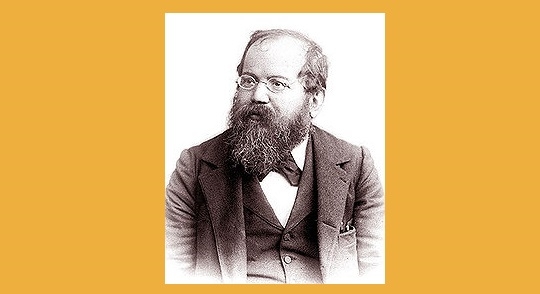
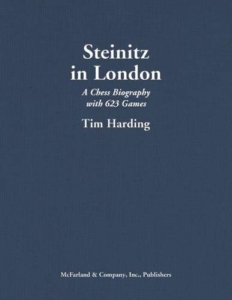
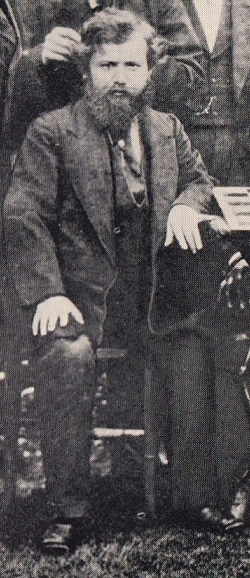
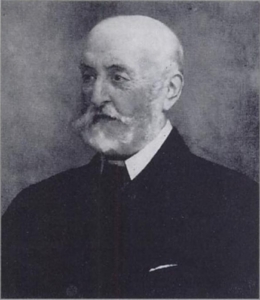
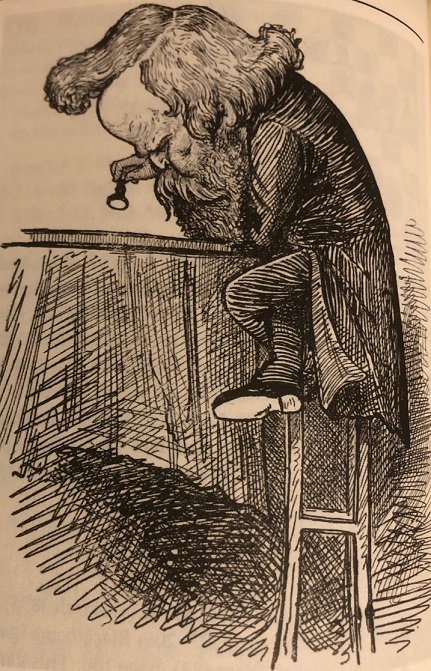
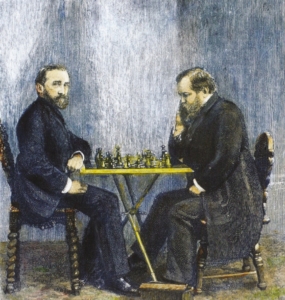
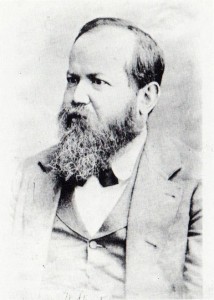



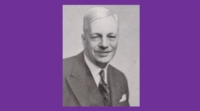
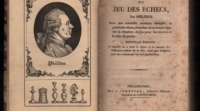

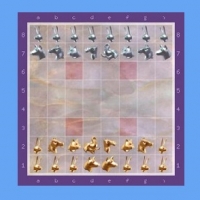


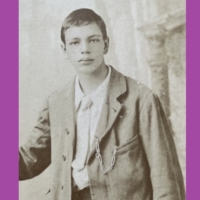
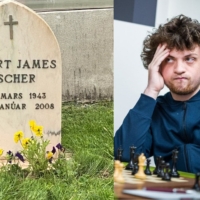
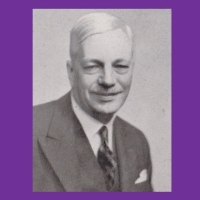
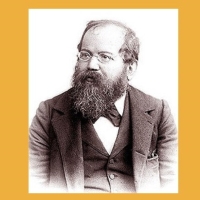
Jon Manley
→ Commenting on: No Regrets: Boris Spassky at 60
IchessU
→ Commenting on: No Regrets: Boris Spassky at 60
S.B. Cohen
→ Commenting on: Chess and Sex – The Survey
Blair
→ Commenting on: Confessions of a Crooked Chess Master – Part 2